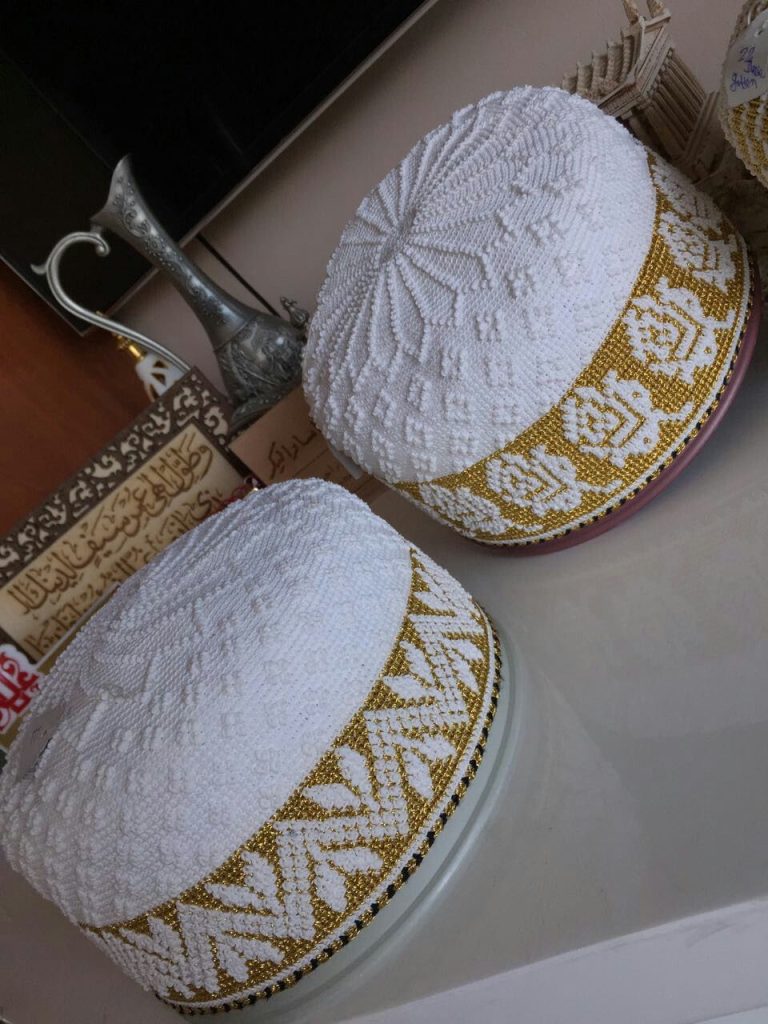
The Organization of the Dawoodi Bohras (part 1)

The Dawoodi (Da’udi) Bohras are a religious sect of the Isma’ilis who are the second biggest branch of Shia Islam. The organization of the Dawoodi Bohras is affected by the fact that they are typically self-reliant traders, businesspersons, and entrepreneurs who have their specific hierarchy for managing their community.
The organization of the Da’udi Bohras is based on the pattern developed during the Yamani phase of Tayyibi Isma’ilism. The Da’udis are headed by a da’i mutlaq, who is in fact a substitute for their concealed imam. The da’i is now actually considered as the hidden imam’s vicegerent (na’ib). The da’i, appointed through the nass of his predecessor, is also considered to be ma’sum, sinless and infallible, and in possession of the required religious knowledge or ‘ilm. With absolute authority over every religious and secular aspect of the community, the da’i is the supreme head of the da’wa organization and governs autocratically with the help of his personally chosen assistants. The permission (raza) of the da’i is, in theory, required in every matter. The da’i mutlaq is commonly known as the Mullaji Sahib or Sayyidna Sahib. Since the early decades of the twentieth century, he has resided in Bombay, where the administrative headquarters of the da’wa, referred to by the Daudis themselves as the dawat hadiya, are located at Badri Mahal. The current leader of the Dawoodi Bohra community is the 53rd al Dai al Mutlaq, Syedna Mufaddal Saifuddin who lives in India.
The next lower ranks in the Da’udi da’wa hierarchy are those of ma’dhun and mukasir. The da’i appoints one ma’dhun who acts as his chief assistant. The ma’dhun is normally chosen from amongst the close relatives of the da’i and eventually succeeds to the post of da’i. The da’i also nominates one mukasir, again usually a relative. The mukasir assists the ma’dhun and sees to the lesser details and the more routine administrative affairs of the da’wa.
Next, there are the mashayikh (singular, shaykh), also known as hudud, now hundreds in number. The mashayikh are of varying ranks but all of them are addressed as Bha’i Sahib, the reverend brother. Each da’i selects his own mashayikh from amongst the Daudis most learned in Ism’aili doctrine and in Arabic. The mashayikh, who are trained at the Jami’a Sayfiyya (the Sayfi Dars), officiate in the larger Daudi centres, also announcing the orders of the da’i.
Taken from “The Isma’ilis, Their History and Doctrines” by Farhad Daftary